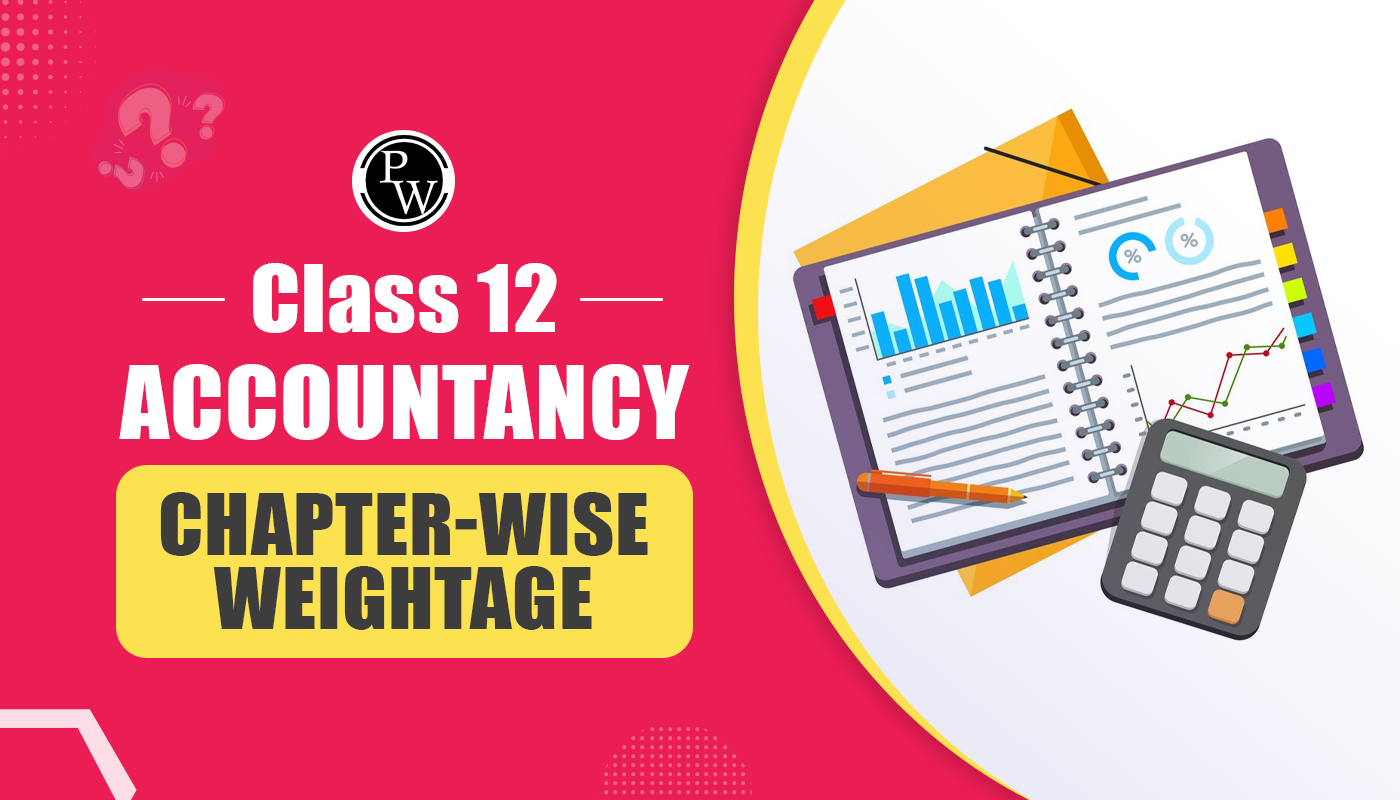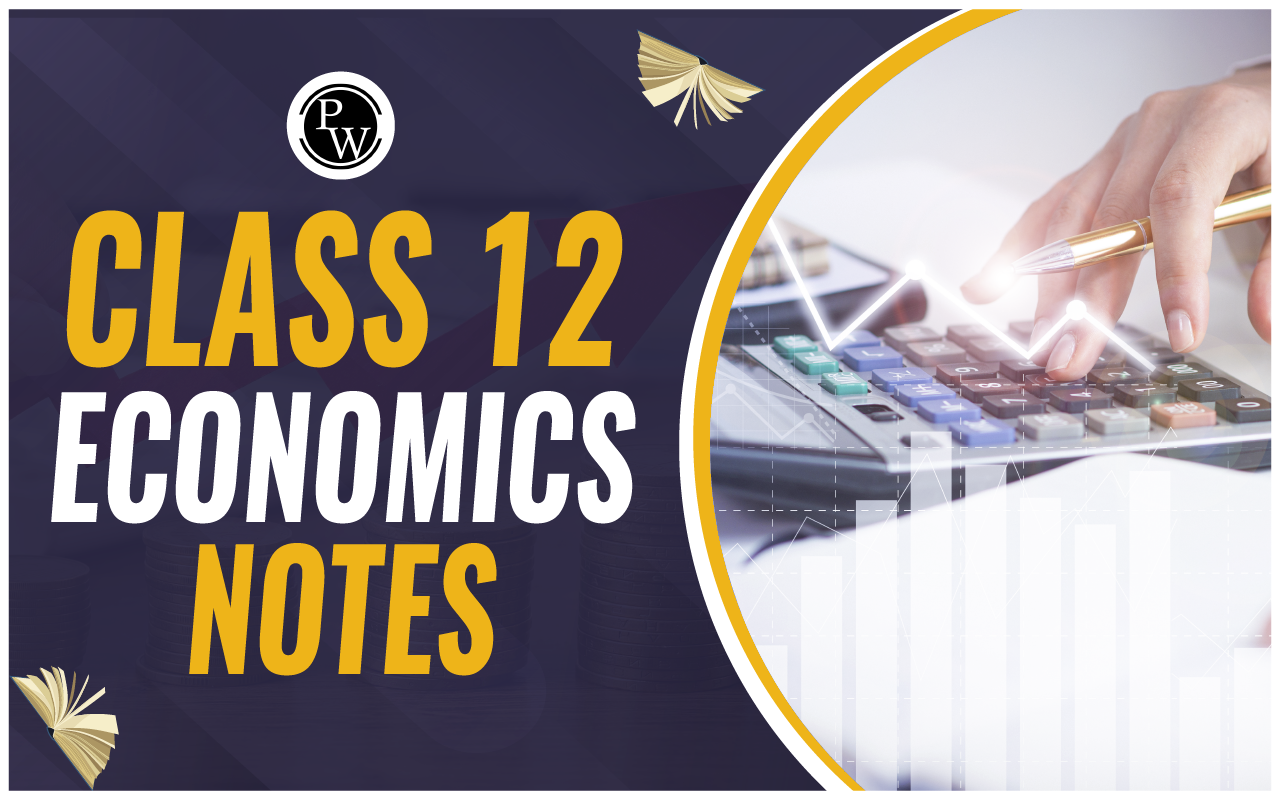
The purchase book, also referred to as the purchase journal, is a cornerstone of accounting. It helps businesses track credit-based purchases related to goods and services vital to their operations or intended for resale. This organized ledger plays a pivotal role in maintaining transparency and accuracy in financial records.
In this blog, we’ll explore the meaning, objectives, format, and examples of a purchase book and its role in efficient financial management.What is Purchase Book?
A purchase book is a specialized accounting ledger designed to record and monitor all credit purchases made by a company. Unlike cash purchases, credit transactions are systematically documented in this journal. Each entry provides detailed information, such as:- Date of Purchase : Ensures chronological accuracy.
- Supplier Details : Tracks vendors for easy reference.
- Description of Items : Identifies what has been purchased.
- Quantity and Unit Price : Ensures cost clarity.
- Total Amount : Facilitates financial reconciliation.
Objectives of Purchase Book
The purchase book serves as an essential tool in accounting and financial management, primarily for tracking and organizing credit purchases. Below is a detailed explanation of the objectives it fulfills:Organized Records
One of the primary goals of a purchase book is to maintain a systematic and chronological record of all credit purchases. Each transaction is documented with critical details such as the date, supplier's name, invoice number, and total purchase amount. This organization eliminates the chaos of scattered receipts or incomplete data, ensuring that every transaction is easily retrievable when needed. For instance, during audits or reviews, having a well-maintained purchase book saves time and reduces errors.Accountability
A purchase book holds businesses accountable by creating a transparent record of all supplier transactions. By documenting the details of every credit purchase, businesses can ensure that every rupee spent is justified and accounted for. This not only strengthens trust between the company and its suppliers but also minimizes the chances of fraud or discrepancies in transactions.Financial Accuracy
Errors in financial data can lead to severe consequences, such as mismanagement of funds or incorrect tax filings. A purchase book acts as a foundational document to cross-check financial statements, ensuring that the recorded purchases match the ledger accounts. By serving as a reference point, it reduces the risk of errors in financial reporting and reconciliation processes.Expense Tracking
Monitoring procurement costs is crucial for maintaining financial health. A purchase book provides a comprehensive view of where and how the company’s money is being spent. By analyzing the entries, businesses can identify patterns in spending, negotiate better terms with suppliers, and control unnecessary expenses.Audit Trail
Audit processes require clear and verifiable documentation. A purchase book provides an organized and systematic trail of all credit purchases, making it easier for internal and external auditors to verify the accuracy of financial data. This detailed record also serves as evidence in case of disputes or legal queries regarding financial transactions.Budget Control
Budgeting plays a pivotal role in financial management, and a purchase book contributes significantly by providing real-time insights into procurement expenses. By comparing actual spending against budget allocations, businesses can identify areas where costs are exceeding expectations and take corrective actions promptly. This ensures efficient utilization of financial resources and adherence to budgetary constraints.Asset Management
In businesses where the procurement of materials, equipment, or inventory is frequent, a purchase book helps track the acquisition and movement of these assets. For instance, a manufacturing company can use the purchase book to monitor the inflow of raw materials, ensuring that production processes are not disrupted due to a lack of resources.Historical Data
The purchase book acts as a repository of historical financial data. This information is invaluable for future decision-making, such as planning procurement strategies, negotiating supplier contracts, or analyzing trends in credit purchases. For example, reviewing past purchase records can help businesses identify reliable suppliers, predict future costs, and prepare more accurate budgets.
What is a Purchase Return Book?
The Purchase Return Book, often called the "Returns Outward Book" or "Outward Purchase Book," is an important accounting record businesses use to document and track goods or materials returned to suppliers systematically. This financial ledger is specifically dedicated to recording transactions where a company returns previously purchased items for various reasons, such as defects, overstocking, or dissatisfaction with the quality.
In this book, companies record essential details of each return transaction, including the date of the return, the name of the supplier or vendor, a description of the returned items, their quantity, the unit price, and the total amount credited or refunded by the supplier.
Purchase Book Format
The Purchase Book is essential for maintaining a systematic and detailed record of all purchases made by a business. Here we have provided the format of the Purchase Book presented in tabular form, along with a brief explanation of each component:
| Format of Purchase Book | ||||||
| Date | Supplier Name | Invoice/Receipt Number | Description of Items | Quantity | Unit Price | Total Amount |
| 2023-09-18 | ABC Suppliers | INV-001 | Office Supplies | 50 | ₹5.00 | ₹250.00 |
| 2023-09-20 | XYZ Inc. | REC-002 | Electronics | 10 | ₹150.00 | ₹1,500.00 |
| 2023-09-22 | LMN Enterprises | INV-003 | Raw Materials | 200 | ₹2.50 | ₹500.00 |
Explanation of each component:
Date: This is the date when the purchase transaction occurred, providing a chronological record of purchases.
Supplier Name: It indicates the name of the supplier or vendor from whom the goods or services were procured.
Invoice/Receipt Number: This is the unique identification number assigned by the supplier to the invoice or receipt for the purchase. It helps in easy reference and tracking.
Description of Items: A brief description of the items purchased, specifying what was acquired.
Quantity: The quantity column shows the number of units or items purchased in the transaction.
Unit Price: This column displays the price of each unit or item purchased. It helps in calculating the total cost of the items.
Total Amount: This is the calculated total cost of the items purchased in the transaction, obtained by multiplying the quantity by the unit price.
Purchase Book Examples
Example 1: Office Supplies Purchase
A company has made two purchases of office supplies. On September 10th, they bought 100 pens from OfficeMart for ₹ 0.50 each, totaling ₹ 50. On September 15th, they acquired 20 paper reams from SupplyLink at a unit price of ₹ 4.00, resulting in a total cost of ₹ 80. These entries help in tracking office supplies expenses.
| Office Supplies Purchase Book | ||||||
| Date | Supplier Name | Invoice/Receipt Number | Description of Items | Quantity | Unit Price | Total Amount |
| 2023-09-10 | OfficeMart | INV-004 | Pens | 100 | ₹ 0.50 | ₹ 50.00 |
| 2023-09-15 | SupplyLink | REC-005 | Paper Reams | 20 | ₹ 4.00 | ₹ 80.00 |
Example 2: Electronic Equipment Purchase
A company has made purchases of electronic equipment. On September 12th, they acquired 5 laptops from TechPro Inc. at a unit price of ₹ 900.00, totaling ₹ 4,500.00. On September 18th, they purchased 2 printers from GadgetsWorld for a total cost of ₹ 600.00. These entries help in tracking expenses related to electronic equipment.
| Electronic Equipment Purchase Book | ||||||
| Date | Supplier Name | Invoice/Receipt Number | Description of Items | Quantity | Unit Price | Total Amount |
| 2023-09-12 | TechPro Inc. | INV-006 | Laptops | 5 | ₹900.00 | ₹4,500.00 |
| 2023-09-18 | GadgetsWorld | REC-007 | Printers | 2 | ₹300.00 | ₹600.00 |
| Commerce Related Topics | |
| What is Goodwill? | Differences Between Reserves and Provisions in Accounting |
| Types of Financial Statements | What is Liquid Assets? |
| What is Ledger Balance? | What is Assets? |
What is Purchase Book FAQs
What is the purpose of a Purchase Book?
How does a Purchase Book differ from a Purchase Register?
What information is typically recorded in a Purchase Book?
Is the Purchase Book mandatory for businesses?
How often should entries be made in the Purchase Book?










